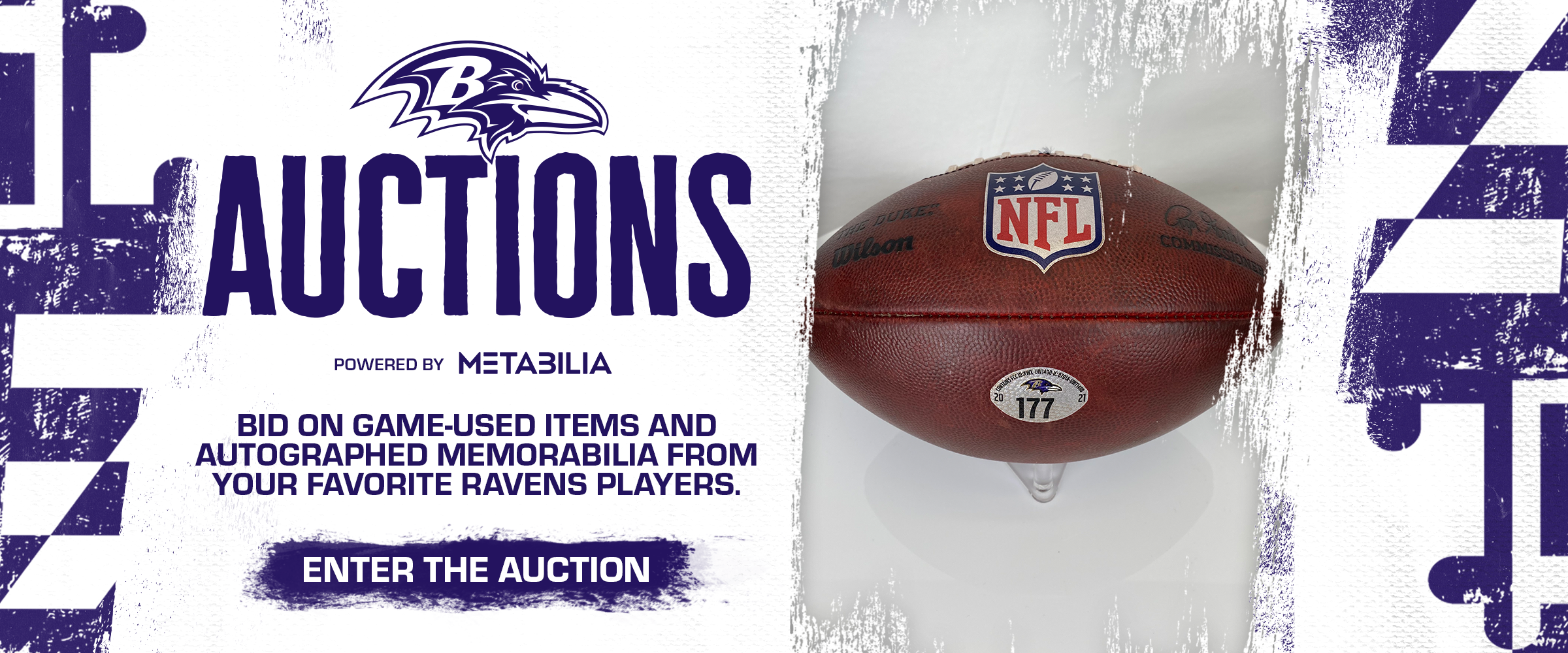In the coming season, the Ravens want their receivers to pull double duty. Not only are they being asked to haul in passes, but blocking is just as important.
Sound blocking from wideouts is an undervalued skill to many football outsiders, but Baltimore's coaching staff thinks the extra effort will reap many rewards - and hopefully wins.
"That translates into big runs and more breakouts," said receivers coach Jim Hostler. "Any time the ball carrier gets into the secondary and is tackled, it's a 5-, 6- or 7-yard play, and they are just lumped all together. When the receivers are doing their job and pushing things downfield, then you get a 12-, 14-, 16-yard gain.
"Those are what we consider big runs, and they make a huge difference. You need one or two of those a series, and then a 65-yarder once a game. That's a difference in winning games."
It isn't solely about the ground game, however. A big priority for the Ravens is collecting yards once the catch is secured. Last season, Baltimore finished the season averaging only 4.1 yards after the catch (YAC), second-worst in the NFL.
With everybody committing to blocking responsibilities, Hostler thinks that number will climb.
"The transition from route-runner to blocker is vital," he noted. "Everybody talks about yards after the catch and just looks at an individual, and says, 'Well, they don't have anybody that can run with the ball.' That's not necessarily true.
"If everybody transitions to blockers, we're all going to look like we can run the ball."
Watch any training camp practice closely, and the emphasis is clear.
On nearly every play where Willis McGahee gets the ball, Derrick Mason and Mark Clayton are quick to latch on to their defender, driving him back in case McGahee can break free of front-line defenders.
While both receivers check in at 5-foot-10, 190 pounds, they say desire can make up for a perceived lack of size against bigger opponents.
"You have to have the 'want to,'" Clayton explains. "You have to want to spring your running back loose. If your guy is the one that clips your teammate's heel, it's a pretty bad feeling. Nobody wants that.
"Our thing on offense is that if you don't have the ball you're a blocker," he continued. "You score touchdowns if everybody's blocking. We want big plays and big runs, so everybody has to block."
Even the rookies are doing their part. Marcus Smith, a fourth-round draft choice out of New Mexico, is one player that has excelled in stifling his rivals when he gets the chance.
"I want to be the guy that makes the big hit in the running game," said the rugged 6-foot-1, 215-pounder. "I love the physicality of the game."
The Ravens began preaching this mantra in offseason minicamps, applying the same blocking techniques as offensive linemen.
Hostler - who came to Baltimore with eight years of NFL coaching experience, most recently as offensive coordinator of the San Francisco 49ers - is enthused by how his charges have grown in the underrated skill.
"We're talking about landmark hat placement, knee bend, hip flexion and leverage. That's all the O-line talks about, and we talk the same way," he stated. "They've done a great job. It took a while to catch on, but they've gotten more consistent with it. We still have a lot of work to do, but I'm happy with where we are now."
Throwing a key block might not get wideouts a spotlight on SportsCenter after the game, but it will guarantee high praise in the Ravens' Monday meetings.
After all, the entire team earns the victory - not a single individual.
"If we eliminate everybody else, all you have to do is make one guy miss," Hostler concluded. "Every player in this league can make one person miss, and we have the guys to do it."


















